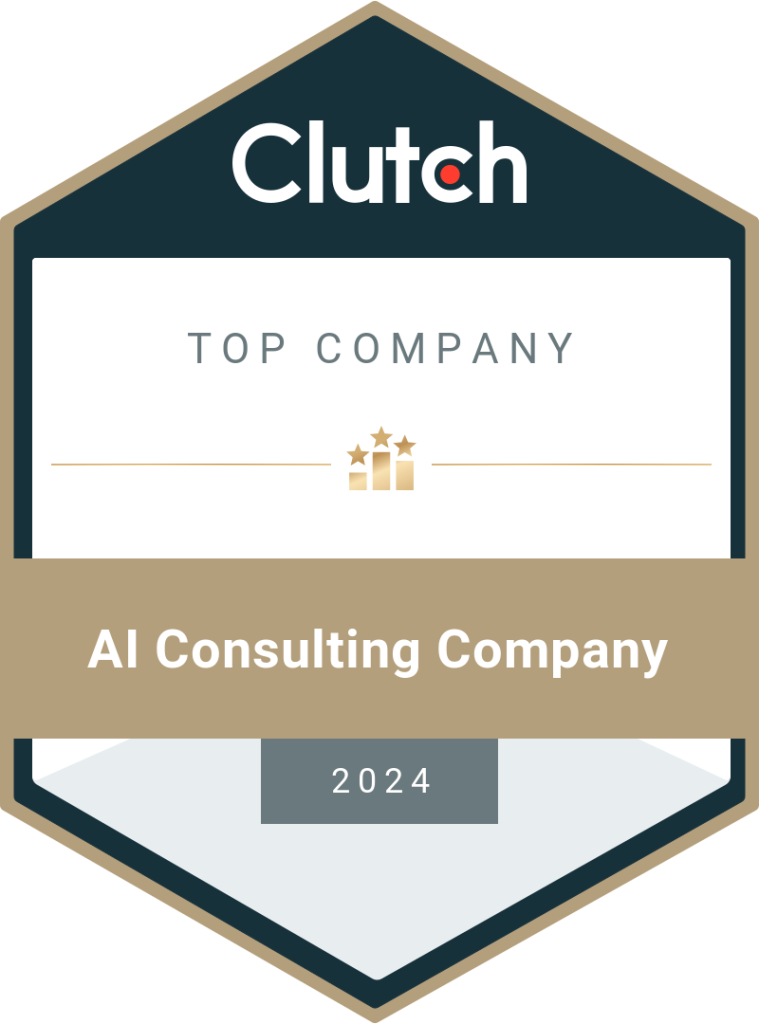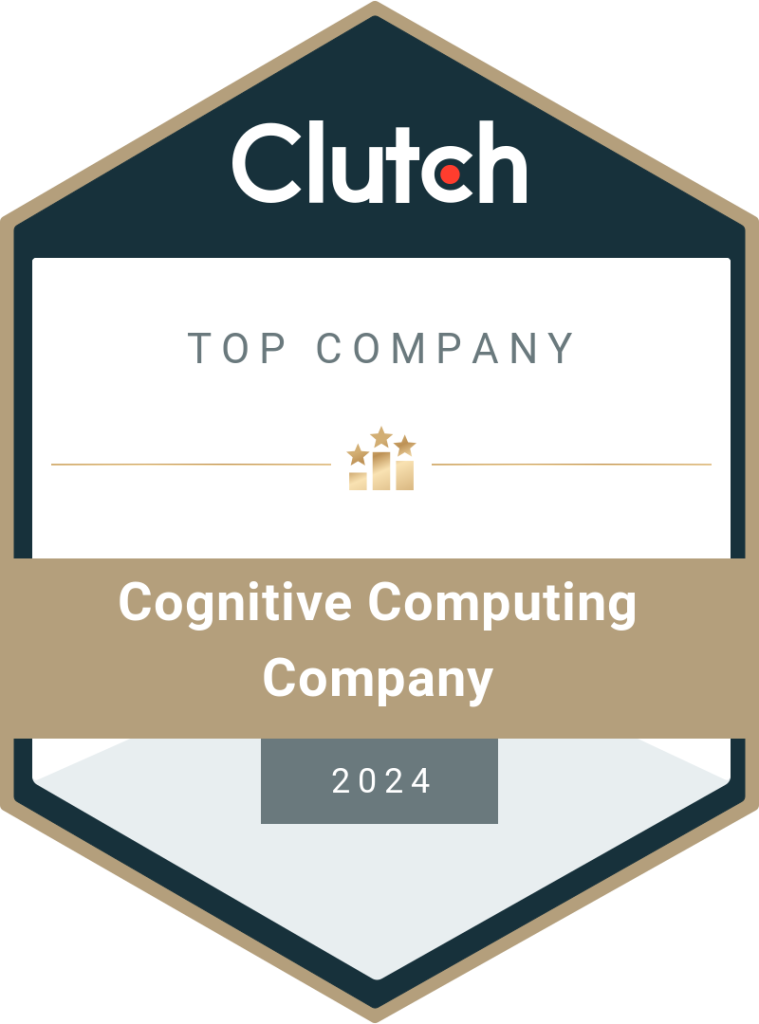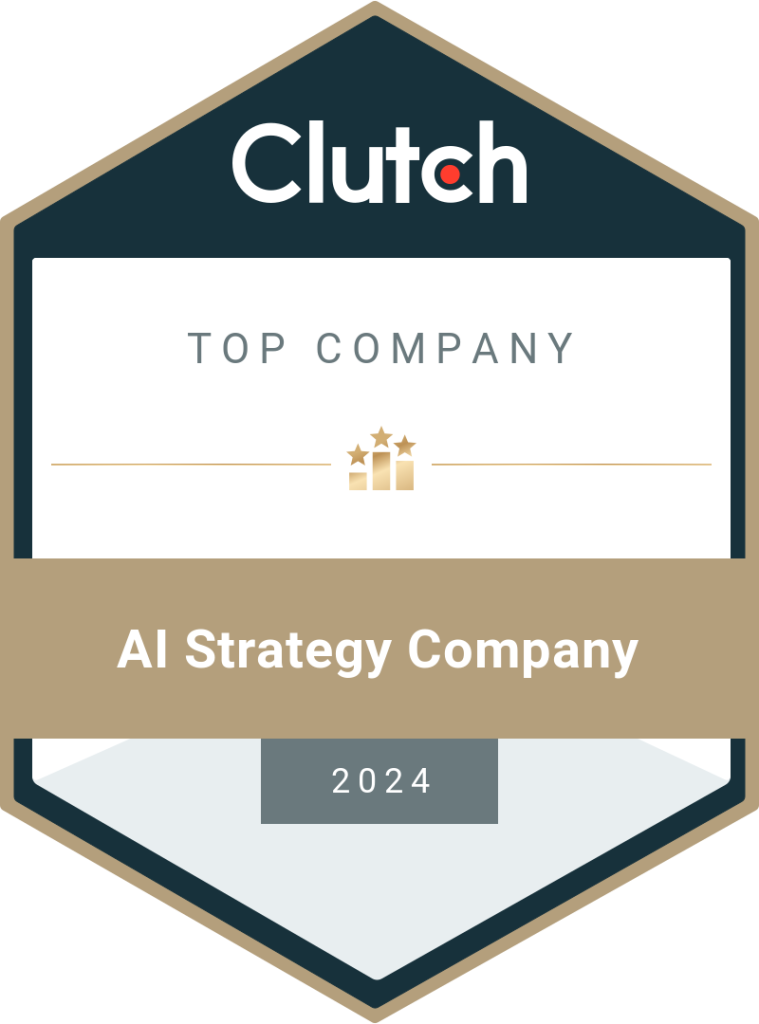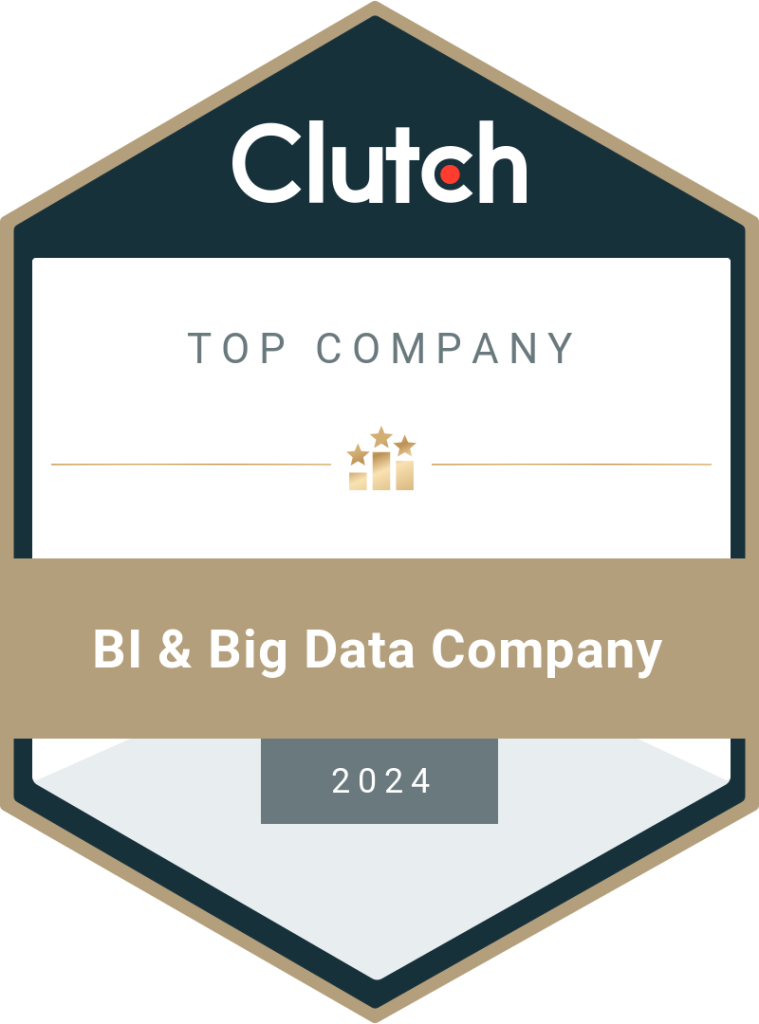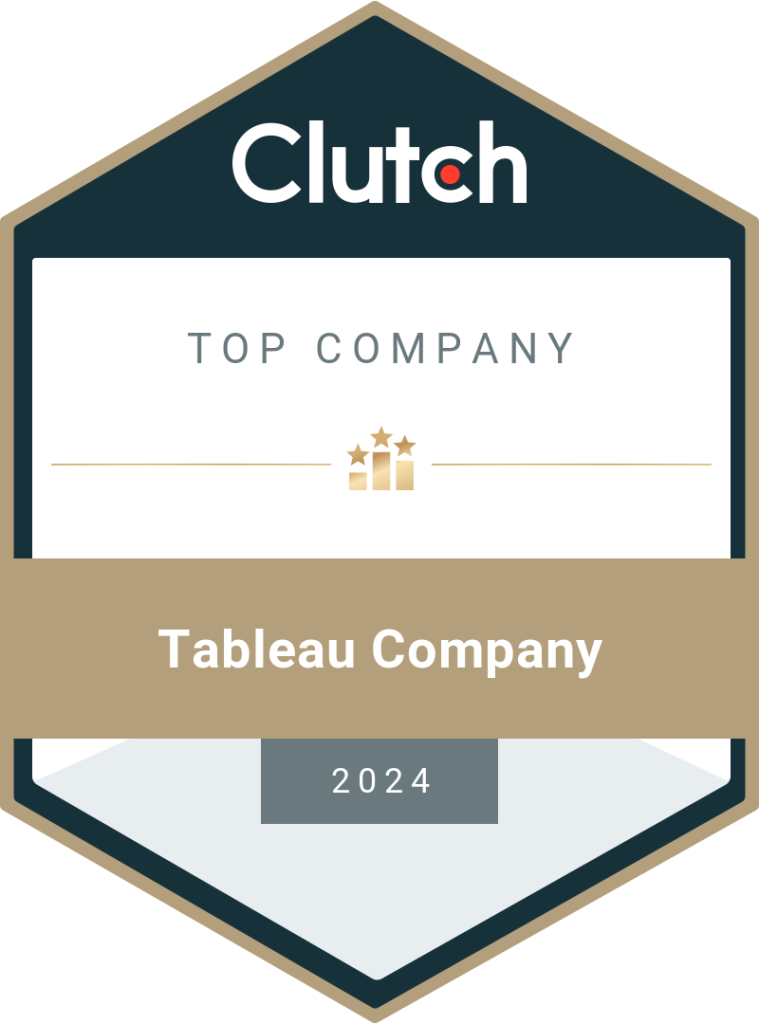Resource Augmentation: Key to Strategic HR Staffing
Resource augmentation is an important strategy for human resources teams to boost their operational efficiency and fulfill the needs of a dynamic workforce. Find out how it helps HR teams reduce recruitment time and costs and integrate talented staff into existing teams. According to a report by Manpower Group, 75% of companies find challenges in addressing skill gaps, leading to project delays and reduced efficiency. Resource augmentation services is a reliable solution that helps companies to hire skilled professionals temporarily to fill critical roles while reducing costs related to permanent hiring. In this blog, we’ll discuss resource augmentation and how it helps HR teams find the right talent for organizational needs and adapt to project demands. What is the Meaning of Resource Augmentation? Resource augmentation services refer to including skilled professionals in a company to address skill gaps and fulfill specific business needs. This model allows companies to scale quickly by hiring external experts without committing to long-term commitment. A resource augmentation model is a flexible and economical approach that offers access to specialized talent. The best resource augmentation service examples include hiring staff for IT, project management, and development to fulfill demand while ensuring productivity. How Does Resource Augmentation Aid Human Resources Teams? Here are some ways in which resource augmentation helps HR teams. Simplifies recruitment process Regular hiring processes take time—weeks or months. However, resource augmentation contracts offer HR teams access to a pre-vetted talent pool, reducing the time-to-hire to as short as a day and enhancing the speed of hiring external staff to address skill gaps. Better project management Integrating augmented staff into existing teams allows HR professionals to manage projects more effectively. Organizations can have better control over their projects, delegate tasks to augmented resources, and complete projects within specific timelines. While internal teams can focus on core responsibilities, IT staff augmentation services provide augmented staff who can cater to project needs and complete their allotted tasks. Cost-saving Many costs, such as recruitment expenses, training, benefits, and allowances, are involved in the traditional hiring process. By adopting the resource augmentation models, organizations can cut these costs by hiring professionals and working with them only when needed, thereby eliminating additional costs. This approach is highly beneficial for small organizations and start-ups that have financial constraints. Access to specialized talent Resource augmentation allows the HR teams to source talent from different locations, thereby bringing out the best talent. This gives organizations a competitive advantage over others where their teams can work on critical projects and earn clients’ trust. Offers freedom of scalability IT staff augmentation services can be scaled up and down depending on the requirements and projects. Companies can release them when their projects are complete. This approach is highly beneficial in IT industries where project scopes may change rapidly. What HR practices ensure effective resource augmentation? HR teams must follow the below-mentioned practices to implement resource augmentation and achieve the best results. Define project requirements The HR teams must convey the project requirements clearly to the candidates. This includes skills needed, project details and timelines, expected results, budget, and other deliverables. By doing so, the HRs can be sure that they are hiring the right candidates, and candidates also know what is expected from them. Choose the right augmentation partner The HR departments should choose a reputable resource augmentation partner to help them hire vetted candidates. By opting for reliable partners who have a good reputation in the industry, they can access a diverse talent pool. It is recommended to check reviews and testimonials to verify the credibility and reliability of the chosen partner. Ensure easy integration with internal teams The HR teams must ensure the augmented staff easily integrates within the team. They must manage the staff actively and help them understand company culture, processes, and expectations. Also, they must perform regular check-ins to ensure everything is aligned, streamlines communication and collaboration within the internal teams and augmented staff. Track performance and outcomes The HR teams must define key metrics that will help them evaluate the performance of the augmented staff against the project goals. This will enable them to identify areas for improvement and ensure both the internal teams and external staff are working towards common goals. Offer ongoing support Once HR teams have onboarded the augmented staff, it is important to offer continuous support. This helps them to understand their queries, provide relevant resources, and guide them to ensure the augmented staff feels valued and motivated to work. What Challenges can HR teams face when implementing Resource Augmentation? Though resource augmentation offers many benefits, it also comes up with various challenges that the HRs must overcome for successful implementation. Some of the common challenges include: Cultural differences Cultural differences may bring significant challenges to them. Due to diverse geographical and cultural backgrounds, there could be differences in work ethics, working styles, and business practices. At times, these cultural differences may lead to misunderstandings and conflicts within teams and impact project outcomes. To overcome this challenge, HR must set clear communication guidelines and conduct training sessions for internal and external teams to help them understand each other’s work culture and ethics. Communication barriers Differences in time zones and communication styles may bring some hindrance in effective communication. For example, teams working across different time zones may find it difficult to coordinate meetings and respond promptly to emails/messages, leading to delays in project timelines. Therefore, it is advised to ensure clear communication within teams, allowing for real-time updates and feedback. Also, the HRs must encourage open feedback where the team members can share their opinions and suggest ways to improve how teams interact. Quality control Maintaining quality control is challenging when working with augmented teams. The external staff must abide by the organization’s rules and procedures and fulfill work standards and expectations. Poor quality control may lead to inconsistent work delivery, client dissatisfaction, and even damage the organization’s reputation. The HR teams must specify quality standards, conduct performance reviews, and provide feedback to ensure the
Read More
